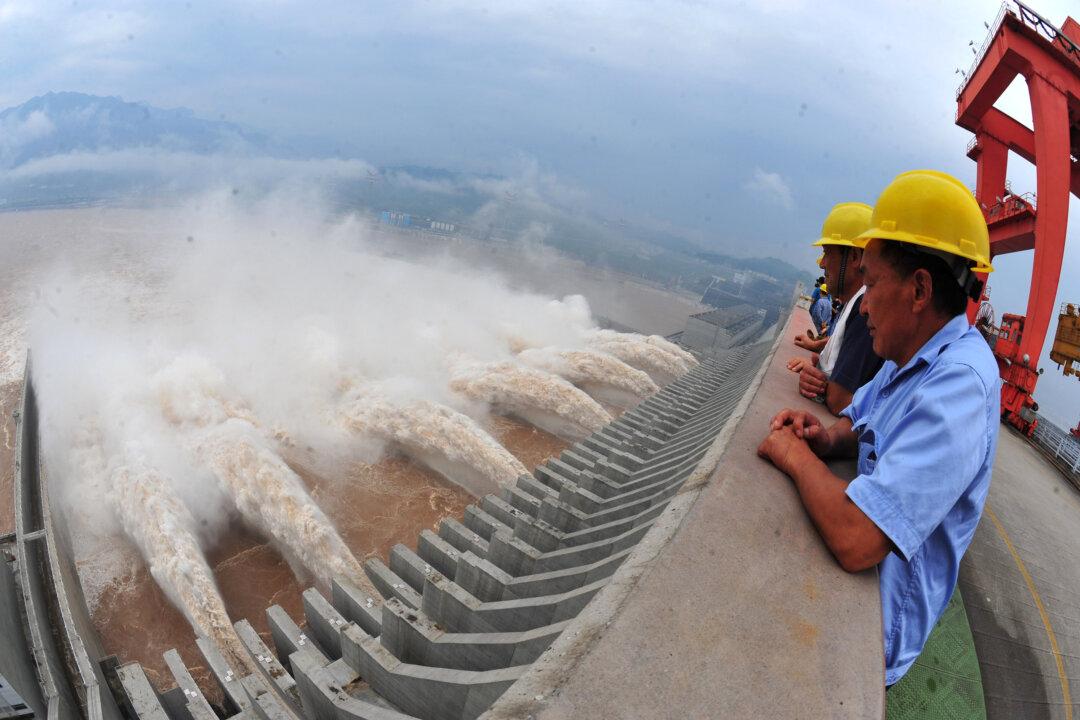Researchers at Yangtze River Fisheries Research Institute, Chinese Academy of Fishery Sciences, announced that the Chinese paddlefish, often referred to as China’s “aquatic panda,” is extinct. Prior to this declaration, it was listed as “critically endangered, possibly extinct” by the International Union for Conservation of Nature.
The news was published in a research paper on Science of The Total Environment on Dec. 23, 2019. The authors estimated that the once commonly found paddlefish became extinct between 2005 and 2010.





